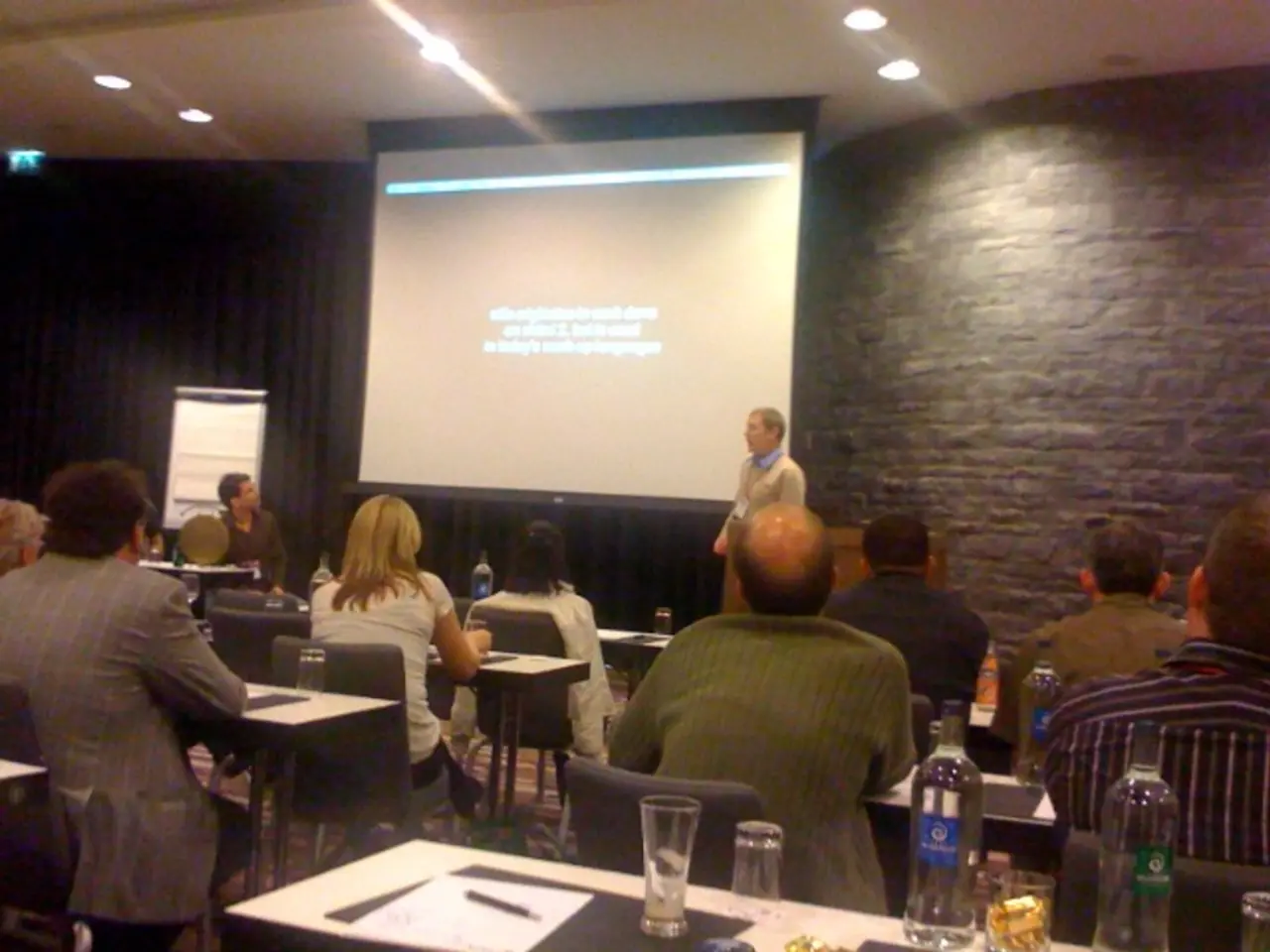Standard Hearing Assessments: An Overview
In the realm of audiology, a variety of tests are employed to comprehensively evaluate auditory function and maintain hearing wellness. These tests, each serving specific diagnostic purposes, provide unique insights into the complexities of the auditory system.
Pure-Tone Audiometry
This test measures hearing sensitivity across a range of frequencies through air and bone conduction. It determines the type and severity of hearing loss, producing an audiogram charting the faintest sounds a person can hear at various pitches.
Speech Audiometry
Evaluating the patient's ability to hear, understand, and discriminate speech, speech audiometry assesses speech recognition thresholds and word discrimination scores. It helps diagnose problems hearing speech in quiet and noisy backgrounds.
Tympanometry
Testing middle ear function by measuring eardrum mobility and ear canal pressure, tympanometry is useful in identifying middle ear fluid, eardrum perforation, or Eustachian tube dysfunction.
Otoscopy
A visual examination of the ear canal and tympanic membrane using an otoscope, otoscopy helps detect earwax blockages, infections, or structural abnormalities.
Acoustic Reflex Testing
Measuring reflexive contractions of middle ear muscles in response to loud sounds, acoustic reflex testing provides information about the auditory nerve and the integrity of the auditory pathways.
Clinical Tuning Fork Tests
Including Weber’s, Rinne’s, Schwabach, and Absolute Bone Conduction tests, these assessments help differentiate between conductive and sensorineural hearing loss.
Vestibular Testing
Essential for evaluating balance and identifying issues linked to inner ear function, vestibular testing is crucial when balance symptoms occur. Common vestibular tests include videonystagmography (VNG) and posturography.
Each test provides valuable information, contributing to a comprehensive understanding of hearing health. For instance, Acoustic Reflex Testing offers insights into the auditory nerve and pathway status, while Otoscopy can help detect structural abnormalities or obstructions.
Objective Measures: OAE and ABR Testing
Otoacoustic emissions testing, particularly valuable for newborn screening, is an objective measure of inner ear function, specifically assessing the hair cells of the cochlea. On the other hand, Auditory Brainstem Response Testing is another objective assessment that measures the electrical activity in the auditory pathways from the ear to the brain.
The Future of Hearing Testing
Ongoing advancements in hearing testing methods and technology promise a brighter future for auditory health. With the development of more precise and less invasive tests, the field of audiology continues to evolve, ensuring that hearing concerns can be accurately diagnosed and addressed effectively.
Science plays a crucial role in medical-conditions related to health-and-wellness, including those associated with auditory function. For example, Objective Measures such as Otoacoustic Emissions (OAE) and Auditory Brainstem Response (ABR) Testing offer insights into the inner ear function, aiding in the diagnosis and treatment of various hearing disorders. Additionally, Acoustic Reflex Testing provides valuable information about the auditory nerve and integrity of the auditory pathways, contributing to the overall understanding of hearing health.




